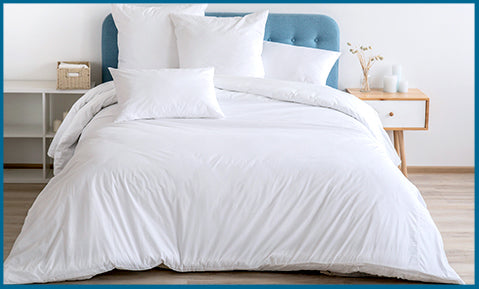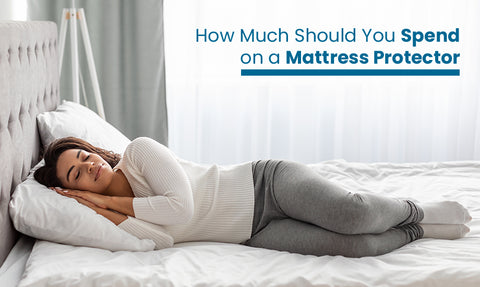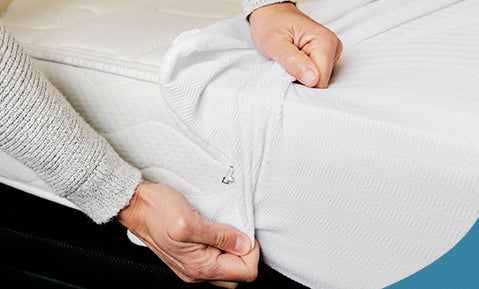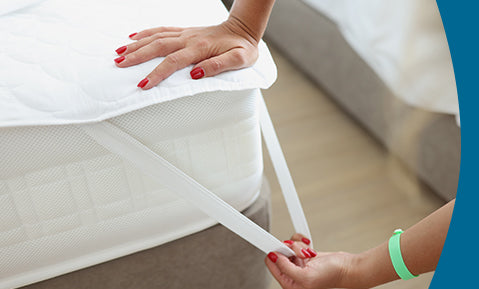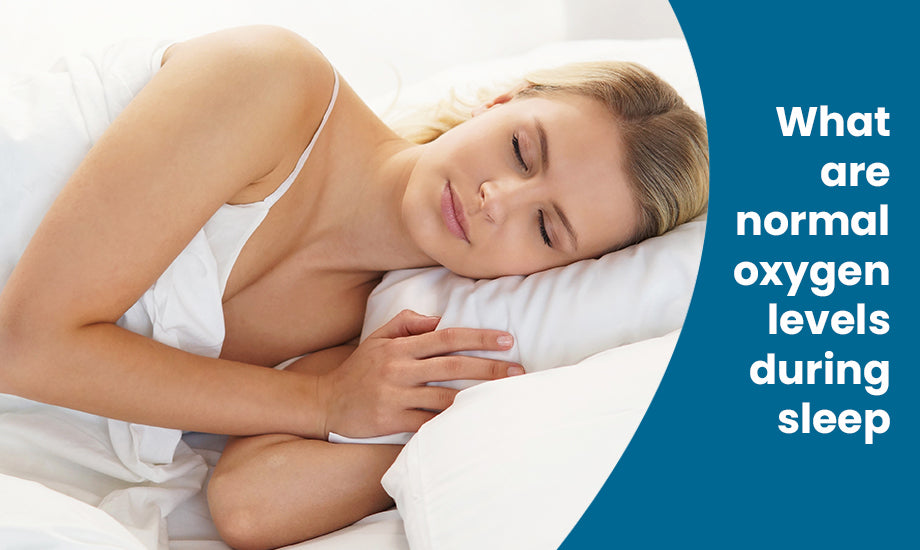
“New age mantra for a healthy life – sufficient oxygen, healthy food, optimum exercise.. Right pillow”.
Let us elaborate the first criteria- oxygen.
Oxygen is one among the irreplaceable requirement of the body. The body cannot store oxygen and hence needs a continuous supply to function properly, for example, in the absence of oxygen, permanent damage of brain starts after 4 minutes.

Let us first get a brief idea about how the oxygen from air reaches the blood stream. We breathe in air (containing oxygen) through our nostrils which then reach the lungs. In the lungs there are alveoli (very small air sacs) which are responsible for oxygenation of the blood. Oxygen in the blood is carried by the red blood cells (RBC) to the various cells of the body. The blood oxygen level is intricately regulated by the body. The blood oxygen levels (the amount of oxygen RBC’s are carrying) vary between 75-100 mm Hg (millimeters of mercury) in a healthy individual.
Symptoms of low oxygen levels include:
- Shortness of breath
- Rapid breathing
- Chest pain
- Rapid heartbeat
- Restlessness
- High blood pressure
- Visual disorders etc.
There are many conditions that causes hypoxemia (low levels of oxygen in blood). These include:
- Heart diseases
- Anemia
- Asthma
- Interstitial lung diseases
- Pneumonia
- Obstructive sleep apnea
- Certain medications including pain relievers etc.
The treatment of hypoxemia includes prescribing supplemental oxygen (oxygen therapy), including lifestyle changes and treating underlying diseases and conditions.
How breathing is controlled when we sleep
The center of breathing is located in the medulla (a part of brain) and is modified and regulated by the body [components of the central nervous system, chemoreceptors (both central and peripheral), muscles of respiration and lung stretch receptors]. The respiratory system maintains a specific level of carbon dioxide, oxygen and hydrogen ions (charged hydrogen) in the body and, acidemia , hypercapnia ( increase in partial pressure of carbon dioxide above 45mm Hg) and hypoxemia acts as a stimulus that modifies ventilation.
During sleep many mechanisms are altered and many factors contribute to reduced ventilation. There is reduced alveolar ventilation. Breathing is affected due to upper airway constriction as a result of altered muscle (pharyngeal muscle) activity. Furthermore, the ventilator response to increased partial pressure of carbon dioxide and reduced blood oxygen levels is majorly blunted.
Oxygen levels when we are sleeping
The breathing pattern differs in the waking and sleeping state. Intentional breathing control takes over automatic breathing while we are awake which changes when we sleep. The oxygen levels in the body are higher when we are awake compared to when we are sleeping. This is because during sleep the breathing slows down. Breathing also changes according to the stages of sleep. Sleep is mainly categorized into two phases: NREM (non-rapid eye movement) and REM (rapid eye movement) sleep. There is a compromise in ventilation and irregular shallow breathing in the REM stage of sleep. Hypoxemia due to hypoventilation (reduced ventilation) often occurs in the REM phase. The possible reason of hypoventilation during REM sleep is the decrease in the tension of muscles responsible for expanding the thoracic cavity (chest) and increased resistance of upper airway tract.
Oxygen saturation refers to the percentage of oxygen the blood. In healthy people, the oxygen saturation is 95%-100%. If the oxygen saturation while we are awake is around 94%, the oxygen saturation during sleep is usually 88% and above. Oxygen saturation below 89% - when awake, during sleep, while doing any activity, at high altitudes, supplemental oxygen is needed. Many diseases also affect the oxygen saturation leading to hypoxemia. Age also effects the oxygen saturation. According to a study, the oxygen saturation in health elderly individuals is lower compared to young people. The oxygen saturation is determined by two methods: oximetry and arterial blood gas (ABG) study. ABG study is done only in a hospital whereas a pulse oximeter can be used at home. Overnight oximetry is used to study the oxygen saturation of whole night.
According to another study, in case of premature oxygen dependent infants, prone position caused higher oxygen saturation from thirty two weeks postmenstrual age (PMA) onwards. However, infants who did not depend on oxygen had 95% oxygen saturation in both supine and prone position.
Oxygen desaturation/ oxygen levels while sleeping in diseased individuals
In normal individuals, alteration in ventilation does not substantially reduce the oxygen saturation. However nocturnal oxygen desaturation (NOD) results in patients with lung disease. Consequences of NOD are sleep fragmentation, cardiac arrhythmias, hypertension etc.
SBD (sleep disordered breathing) is more common in the elderly people. It hampers the quality of life and may cause even death of a person. An important sleep disorder is obstructive sleep apnea (OSA). In OSA there is a repetitive pause in breathing during sleep leading to hypoxemia thereby waking up the person. This increases the blood pressure and heart rate. OSA affects many systems of the body and increases the risk of developing serious diseases. The various consequences of OSA is due to weakened ventilatory response to reduced oxygenation of blood. An individual with severe sleep apnea may develop severe hypoxia during rapid eye movement (REM) sleep. According to a study, oxygen saturation in the two stages of sleep (REM and NREM) can differ according to the severity of disordered breathing during sleep.
According to another study, hypoxemia strongly impacts patients with heart failure and the prevention of hypoxemia is critical in such patients. Sleep apnea worsens the prognosis of patients with heart failure.
How pillows affects oxygen levels
The right pillow maintains the natural spine curvature leading to a comfortable and deep sleep. A study analyzed the importance of pillow height. According to the study, the pillow height (and hence the sleeping posture) effects the respiratory function, for example, too high pillow reduces the ventilation capacity (and thus oxygen in the blood) by excessively bending the neck curvature. This reduces the ventilation capacity. The experiment was done with subjects in a supine position. Therefore, using the right pillow is crucial for patients suffering from cardiopulmonary (heart and lung) disorders and those who have to stay on bed for a long time due to illness.
Another study on OSA and pillows concluded that use of memory foam pillow results in decreased snoring : both the event and duration of snoring. The positional therapy helps in maintaining airway patency thereby improving sleep quality. According to the study when a person uses his own pillow, the investigation (polysomnography) of obstructive sleep apnea syndrome is better. Therefore, using the right pillow is a cost effective treatment, which is easy to implement in cases of mild to moderate OSA.
It is crucial to track the symptoms and consult a medical practitioner in case there are symptoms of low oxygen levels while sleeping and strictly follow the prescribed therapies and lifestyle changes.


